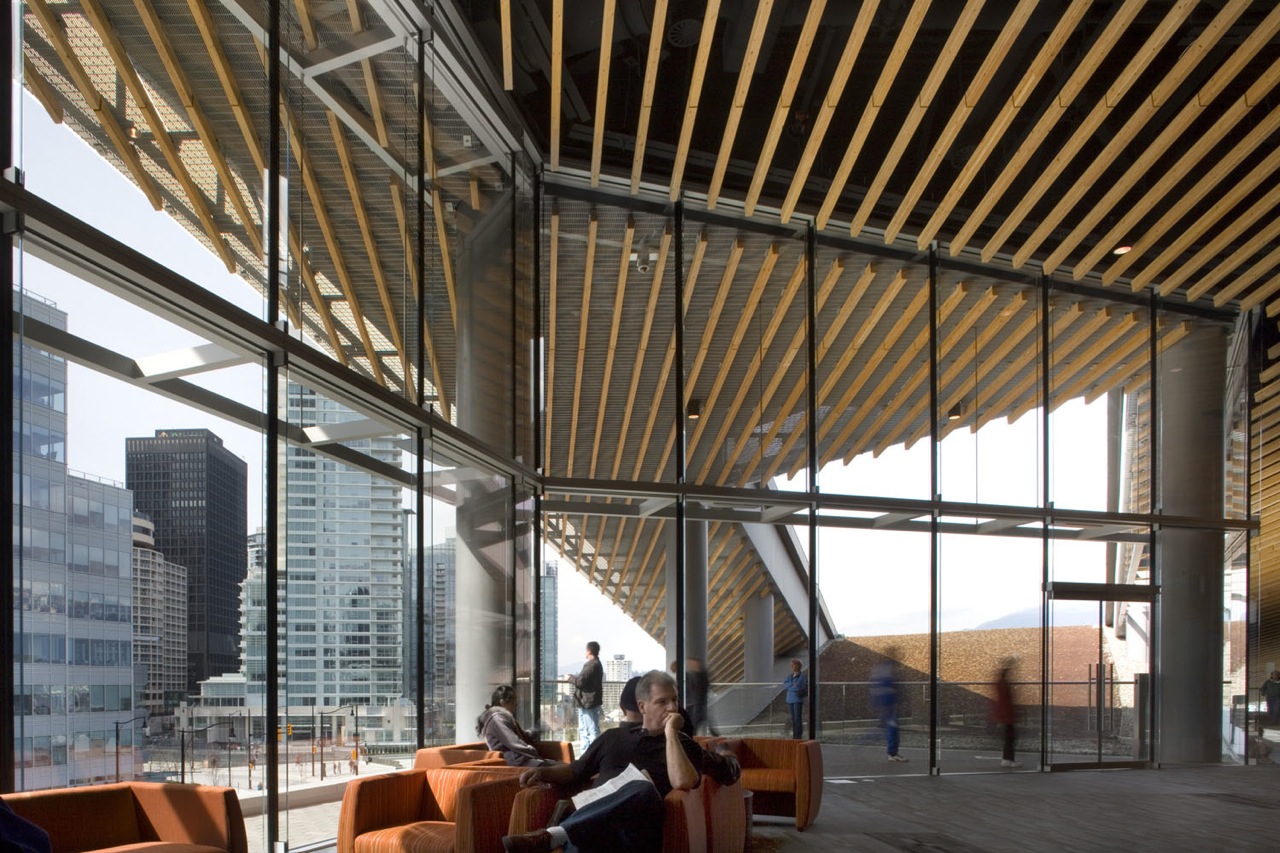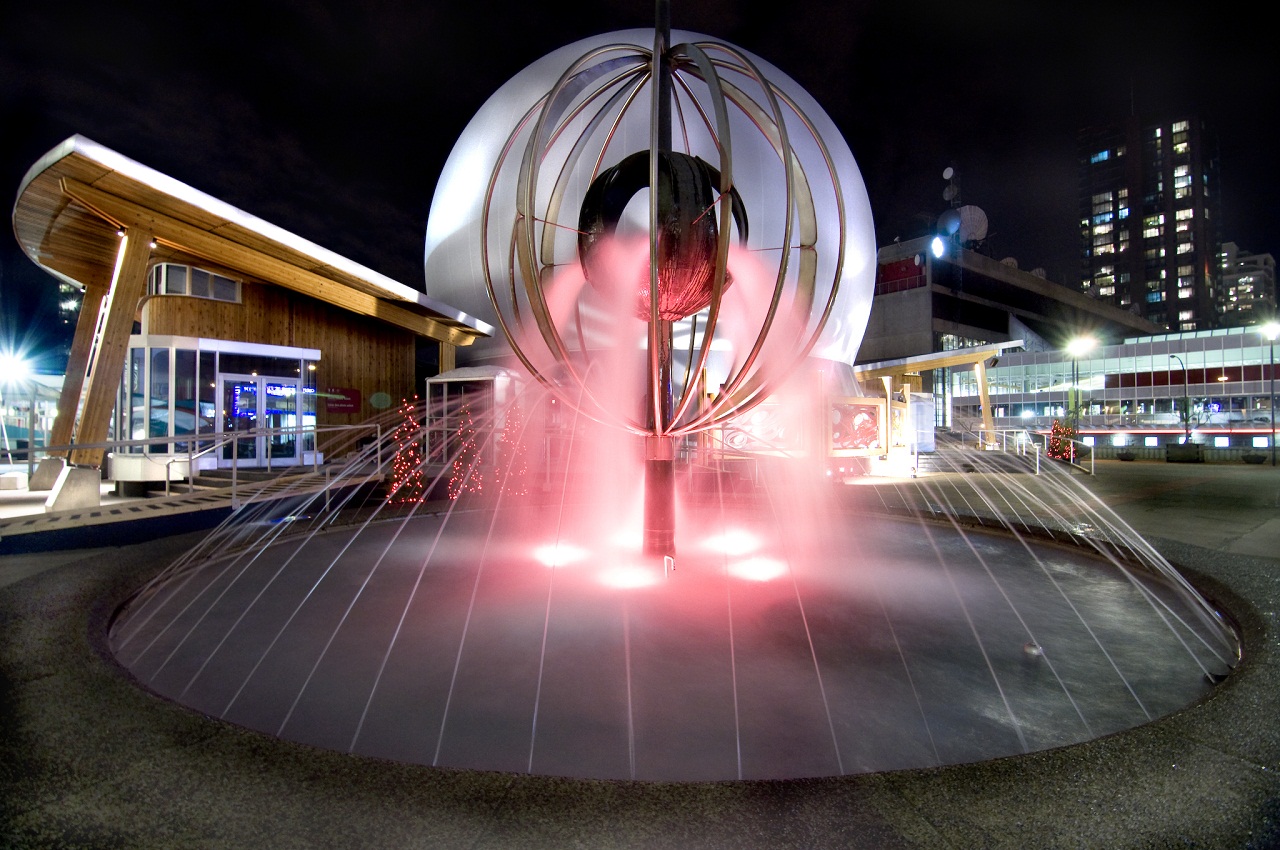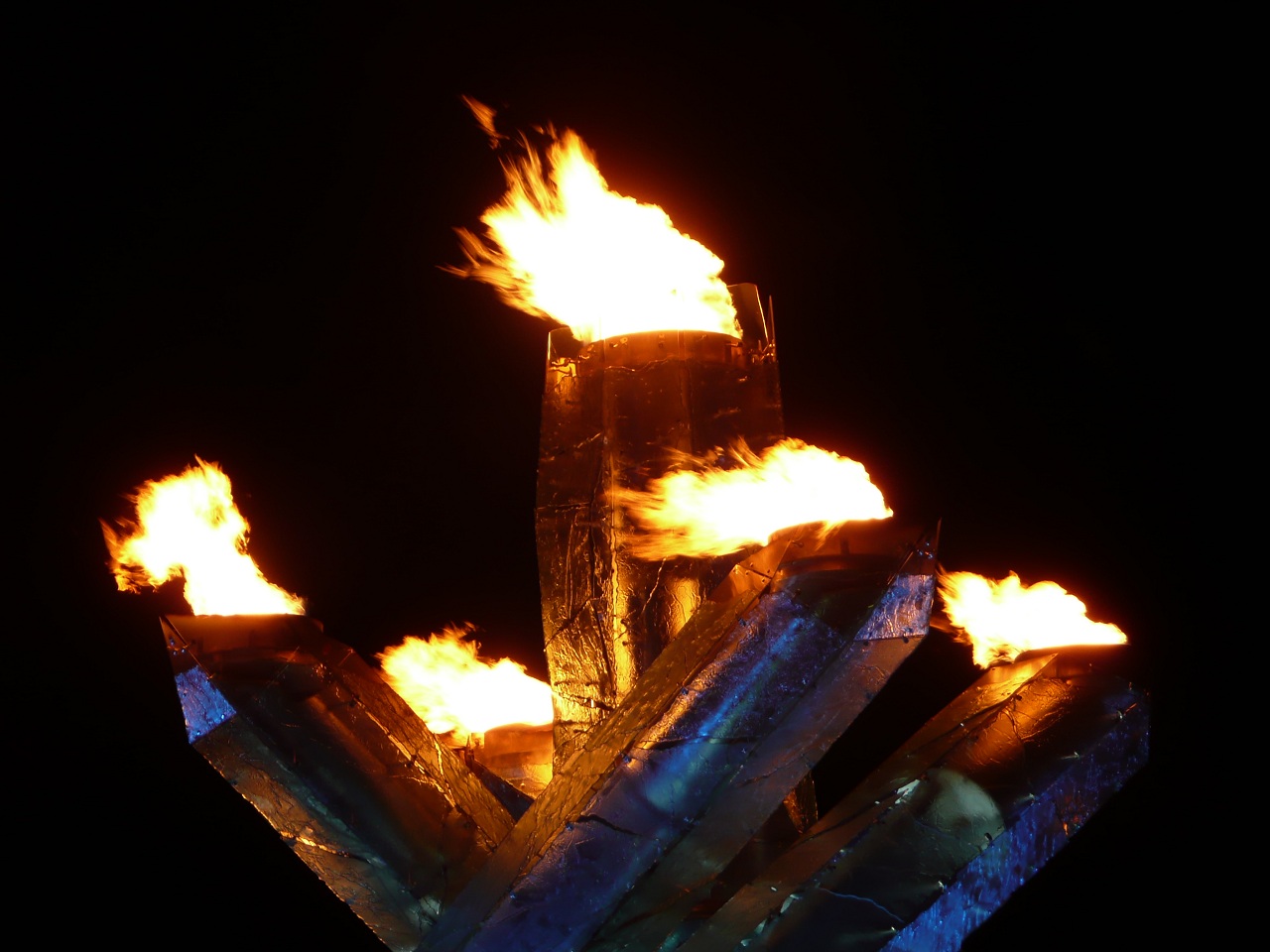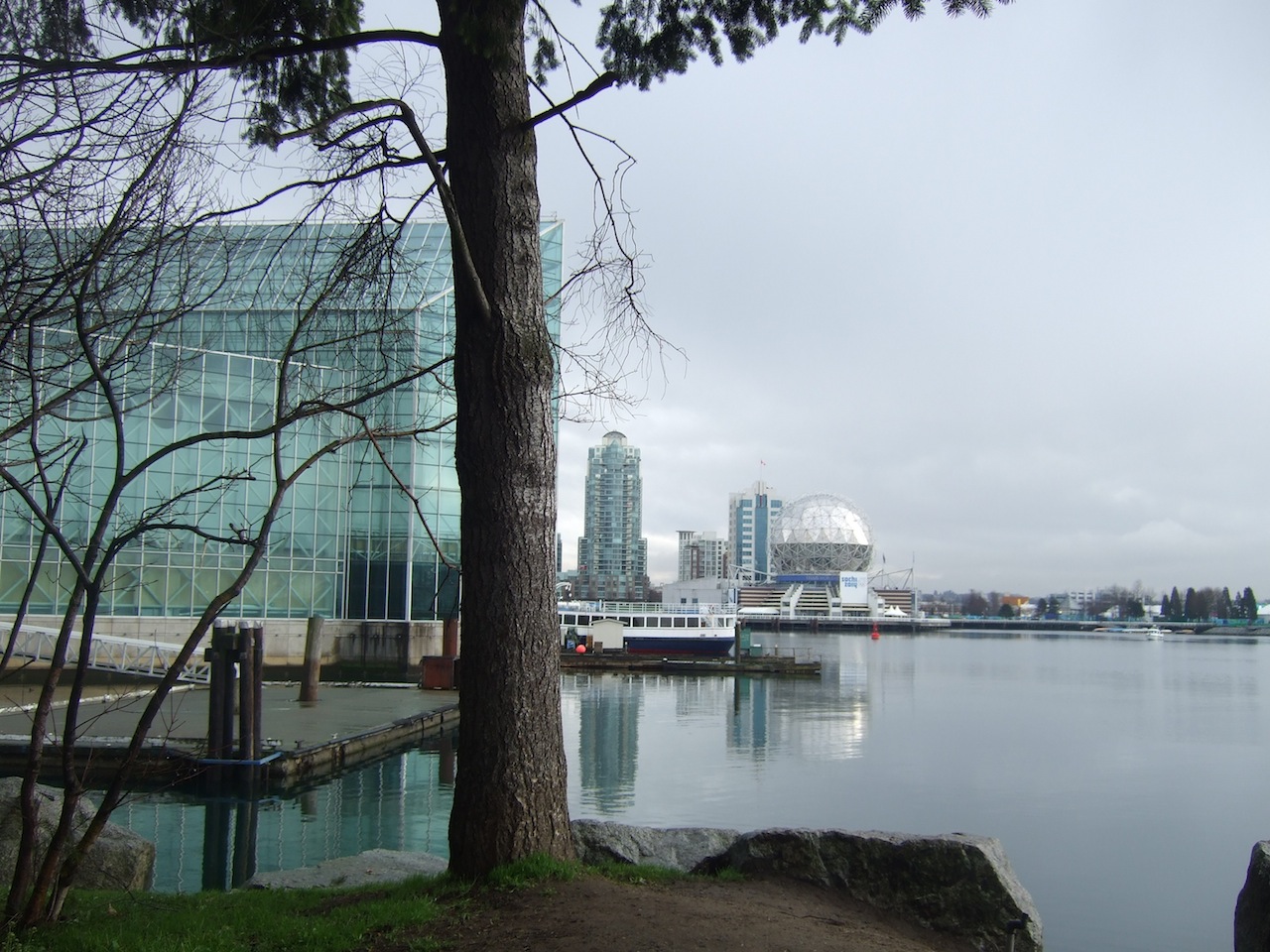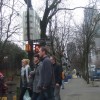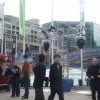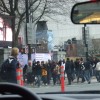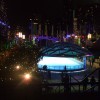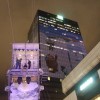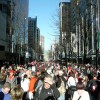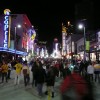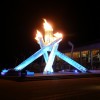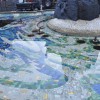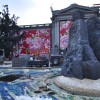Vancouver Gathers at Robson Square
Video
alt=""What do Arthur Erickson, Robson Square, and The Olympics all have in common? The ability to attract crowds.
"On Saturday night, more than 50,000 people milled around Robson Square in downtown Vancouver. 50,000 in one small area! On Sunday, it got worse. The crowds were so heavy that the media dubbed it Super Sunday," writes June Campbell.
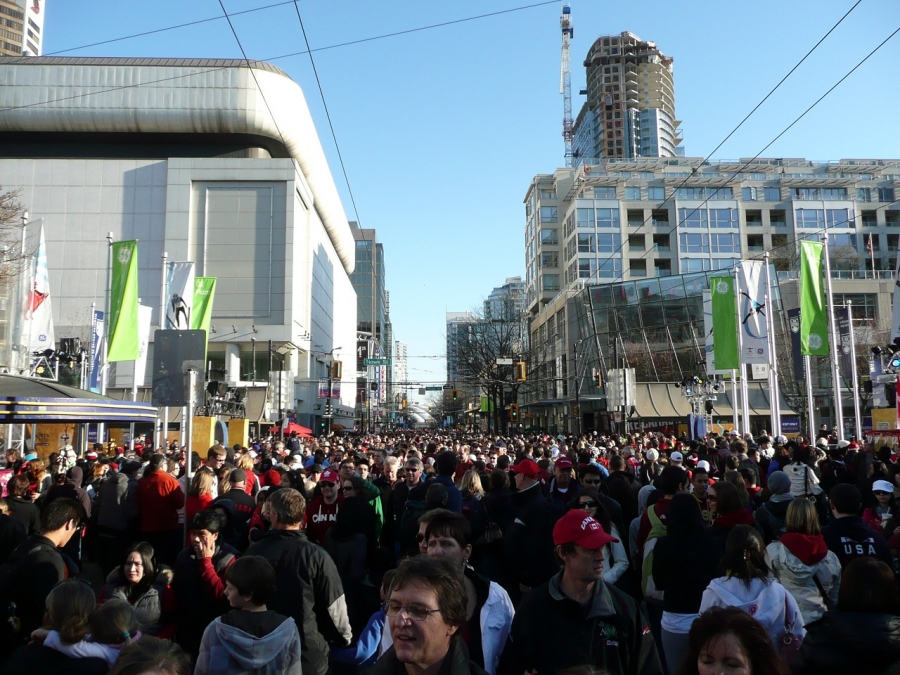 Robson Square
Credit: David Godin
Robson Square
Credit: David Godin
Arthur Erickson
Olympic Spotlight
2010 Olympics Begin: Vancouver Convention Center
The Olympics: Vancouver Sets the Green Stage
A Remarkable Torch Starts the Olympics Opening Ceremony
Vancouver City Councilor Suzanne Anton on Eco-Density
It was amazing to see the reverence that one man, Arthur Erickson, still garners, even after he has passed away. It is as if the City of Vancouver has collectively made up its mind that Erickson is the father of its architectural legacy.
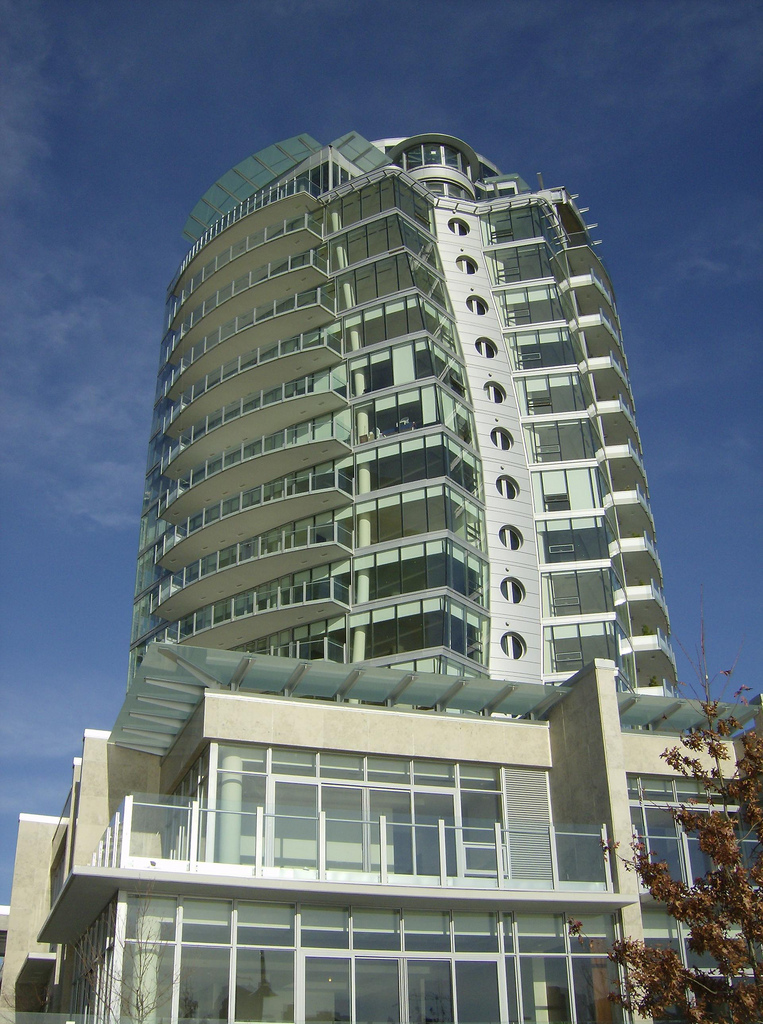
According to Erickson's 1986 AIA Gold Medal Citation, "As both architect and professor, Erickson has contributed much to the architectural community. His works include The Museum of Anthropology at the University of British Columbia, the Provincial Law Courts in Downtown Vancouver, the San Diego Convention Center, Napp Laboratories in Cambridge, England, the Canadian Chancery in Washington, D.C., California Plaza in Los Angeles, and the Museum of Glass in Tacoma, Washington. Erickson earned the Gold Medal from the American Institute of Architects in 1986. The highest honor bestowed by the AIA, Erickson was the first Canadian to receive the award."
From the architectural critic Trevor Boddy, to Andy Yan and Eileen Keenan at Bing Thom Architects, to Vancouver City Councillor Suzanne Anton, to David Godin on the Vancouver City Planning Commission, we heard how Erickson was "right-on-the-mark" architecturally. Erickson is credited with the invention of the pedestal-tower concept, which leaves the city like, "an elegant forest of tall, thin glass towers reminiscent of the once old-growth forest native to Vancouver before it was settled," said Boddy during our walking/driving tour of the city. He is also credited with the ability to make civic spaces "work" successfully by congregating the masses.
"This won't be a corporate monument. Let's turn it on its side and let people walk all over it." Arthur Erickson on Robson Square
During one of our interviews with a Vancouverite who wishes to remain anonymous, we heard complaints that the architecture of the Olympic Village was not nearly tall enough to fit the sustainability profile of the city. Furthermore, this person said, "probably all architects like it, but I am not pleased with its design." In the next breath, "On the other hand, of Arthur Erickson's work, I am always fond of his legacy in this city." Again, "His buildings were always very much embracing peoples' aspirations, but always allowed them to see themselves bigger than they think they are. You know, you walk out of one of Arthur's buildings, you walk out a little taller than when you came in," said Thom to CBC.
Robson Square
For the Olympics, the pedestrian plaza Robson Square was decked out with art displays, booths, a zipline, and a skating rink. Among the crowds there, non-ticket holding spectators watched the Games, live, from their choice of large screen monitors. The zipline overhead has been enjoyed by thousands, including the Good Morning America Staff.
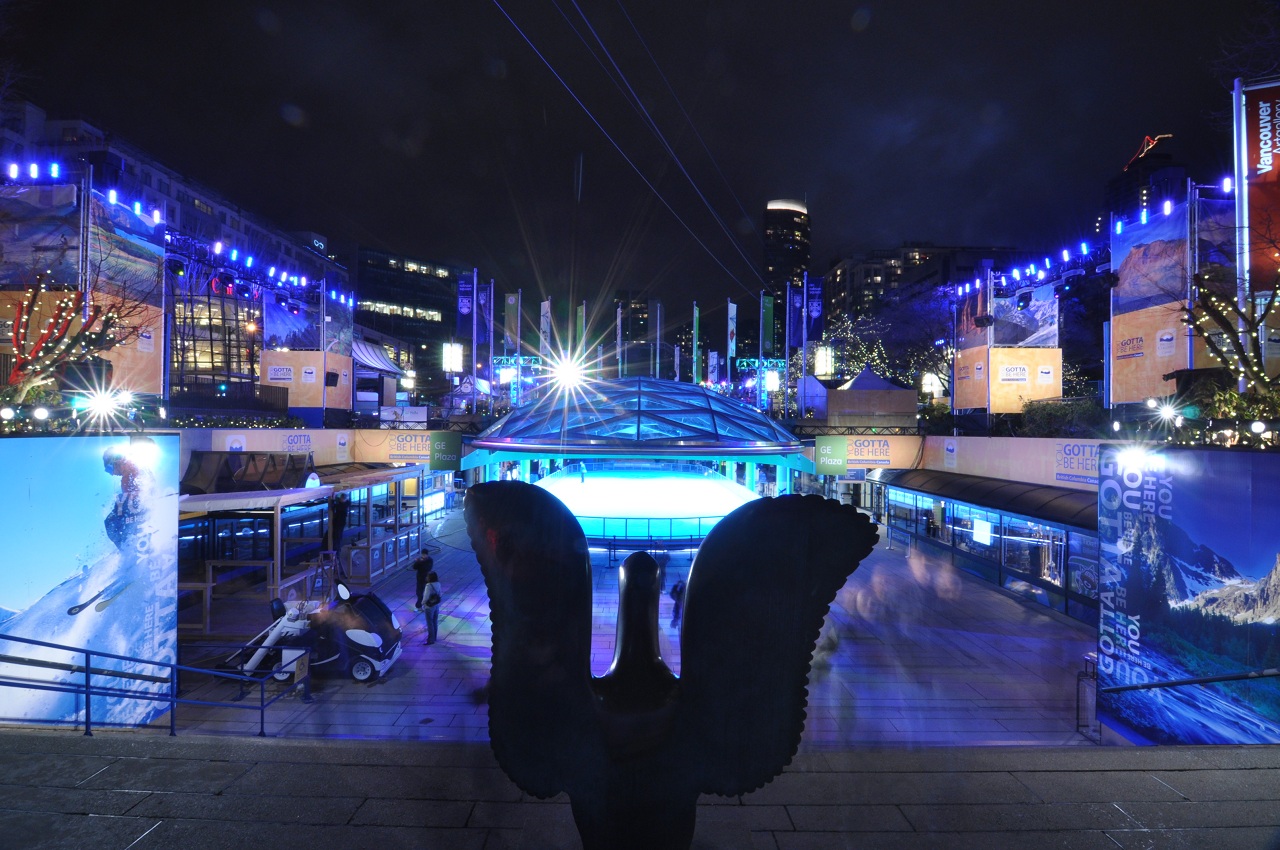
Robson Square's refurbishment is part of a much larger $40.9-million rebuild of the piazza, which includes the repair of numerous underground membranes, water features and landscaping. Of that, $11 million was spent on repair of the so-called Lower Robson Square, where the arena is located. Energy-efficient LED lighting, as part of the $700,000 sponsorship by General Electric, makes the area as lively as the people that inhabit it. Even the skating rink, which is a free civic-sponsored entertainment site, has been vetted for the Olympic audience which has flooded the city.
In every way, Robson Square has been an exciting stage for the international masses who came to Vancouver to celebrate athletic excellence. Godin reports from on-site in Vancouver, "The 150,000+ person street party that has been going on from morning to the wee hours at night for the last ten days has been exhausting." Godin's statement represents one of the great things about the Vancouver 2010 Winter Olympic Games: the successful inclusion of the general public in the festivities.
†
Great Civic Design
The Father of Vancouverism, Erickson designed Robson Square conceptually as a building turned on its side: "This won't be a corporate monument. Let's turn it on its side and let people walk all over it." Interestingly, he found a way to put government on one side of the square and arts/theatre at the other end, so that people could pass from many different angles through the centralized piaza. By juxtaposing a variety of building types, the centralized piaza helps set a stage for social interaction. In the end, Erickson's theory about engendering social interaction at Robson Square has been proven successful. The architectural critic Trevor Boddy told CBC, of Robson Square,"Erickson's 1970s Robson Square development won praise for incorporating gardens, government offices, law courts and an art gallery, a combination of uses that has become common in West Coast architecture."
Especially during the Mens' Canada vs. U.S. Hockey Competition, Robson Square was filled with tens of thousands of people, watching screens shoulder to shoulder. The vibrancy of the site makes it the home of much of the excitement surrounding the games in Vancouver. In the green spirit of the Vancouver Games, where no new buildings were constructed nor were existing spaces renovated only for the celebration of The Olympics, the B.C. Premier Gordon Campbell says, "Robson Square will be permanent again when the Olympics are over."

Stephanie Aurora Lewis
Stephanie, an NCARB registered architect and LEED AP, draws upon her studies in architectural history and theory from Sarah Lawrence College and her masterís degree in architecture from The Ohio State University. Providing copy for publications and performing marketing work for the construction industry, Stephanie works as an independent freelancer from Columbus, Ohio.
Website: greengaloredesigner.blogspot.com/
